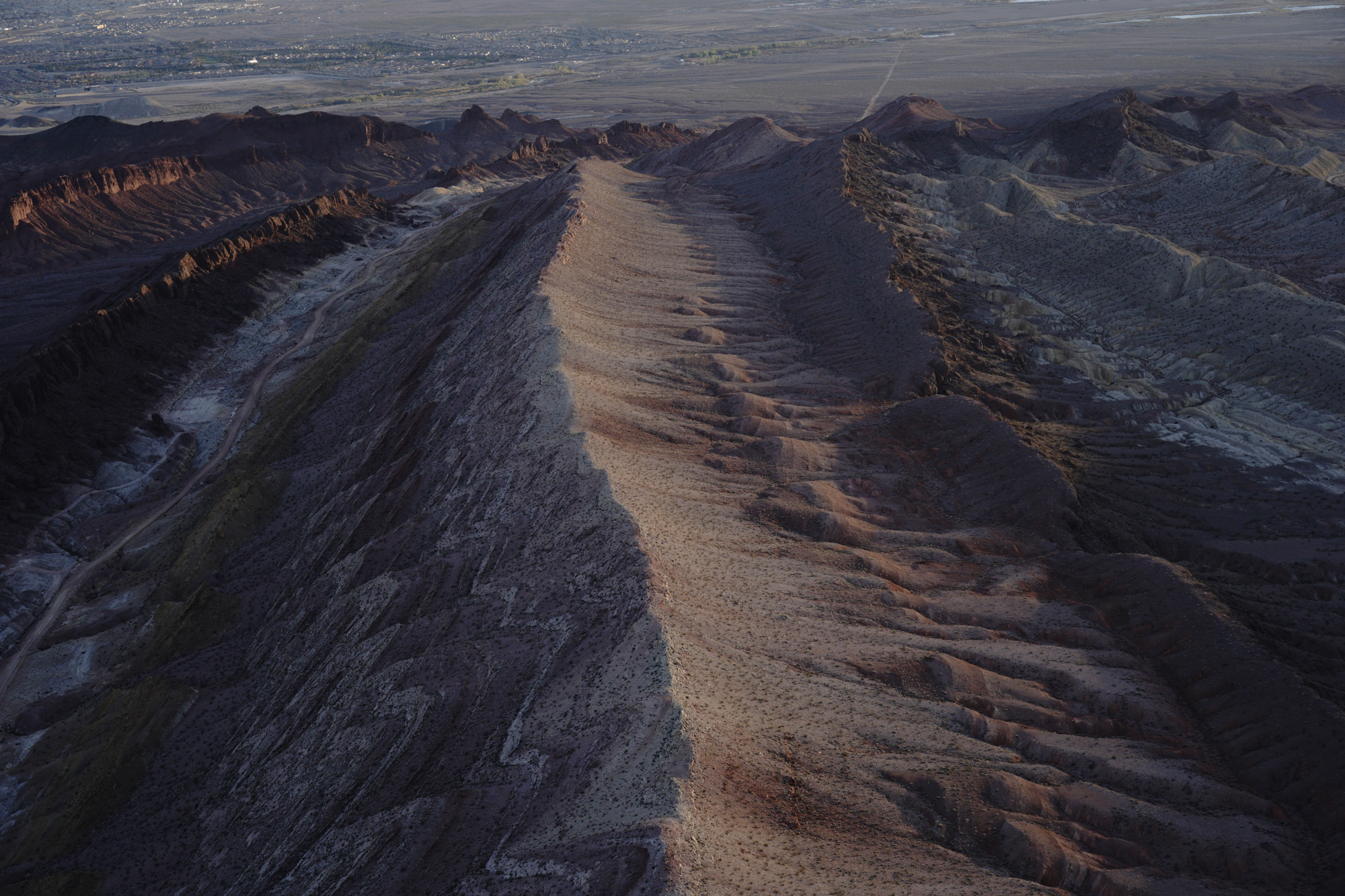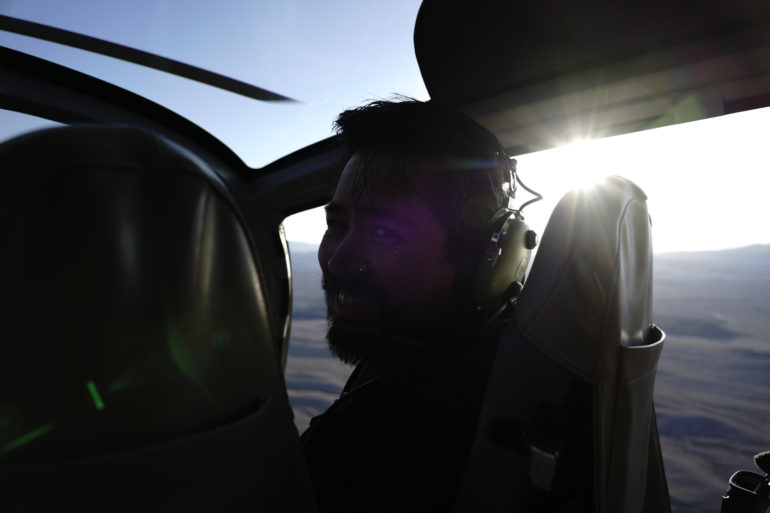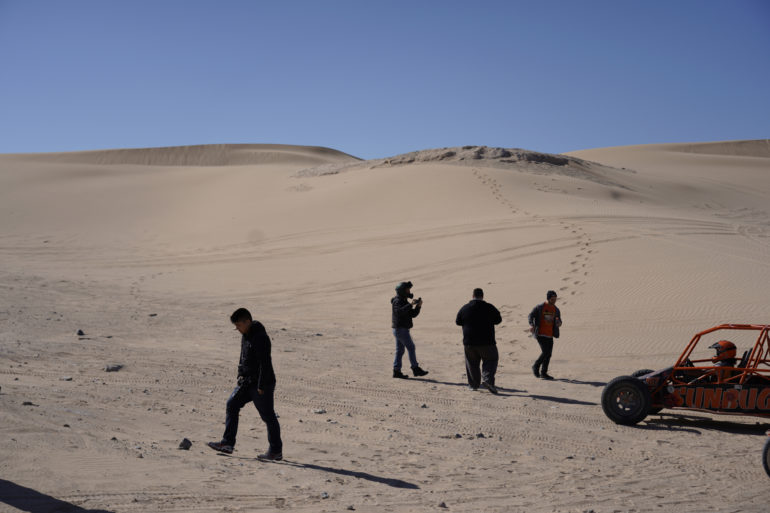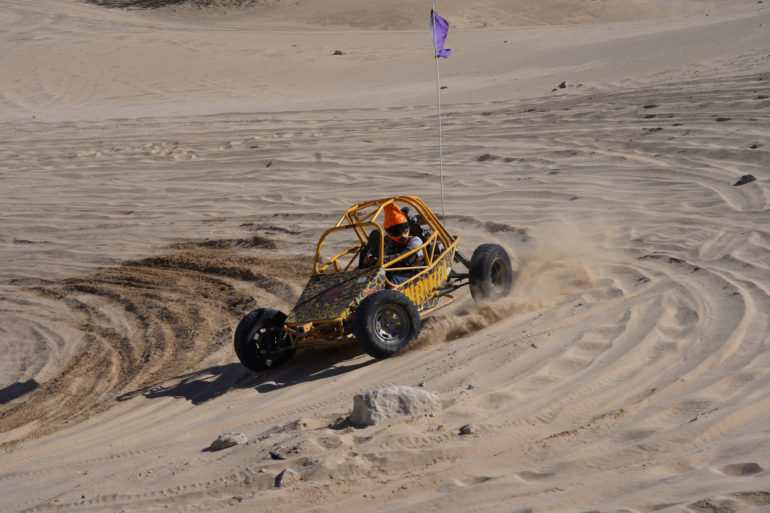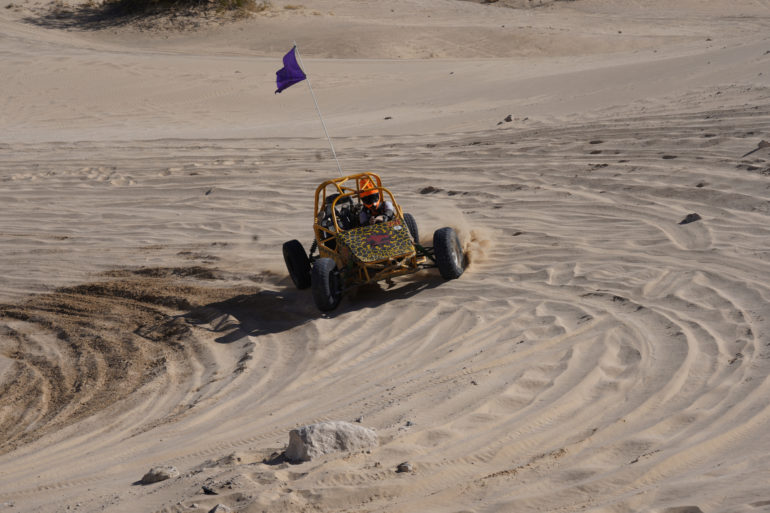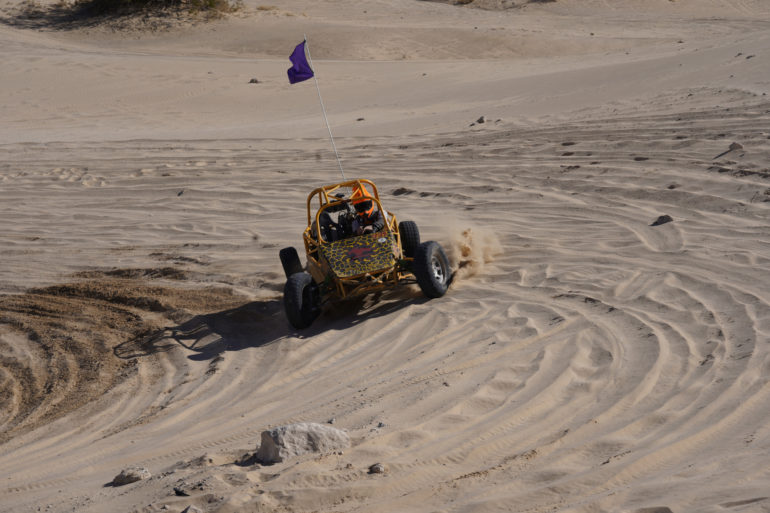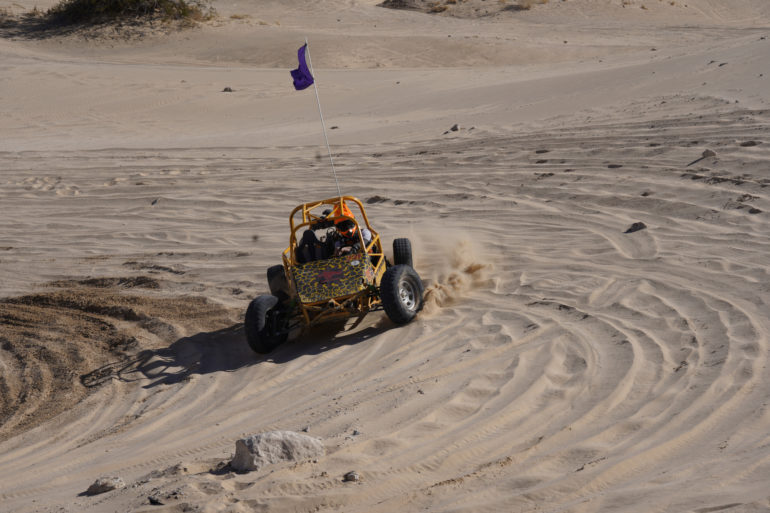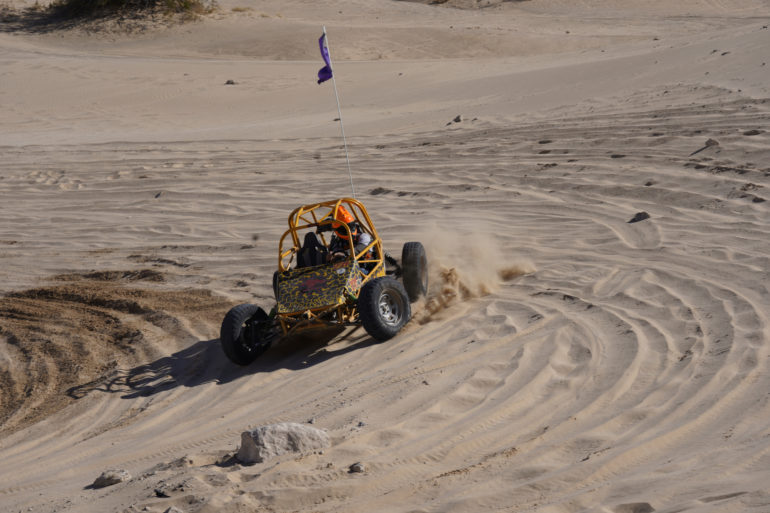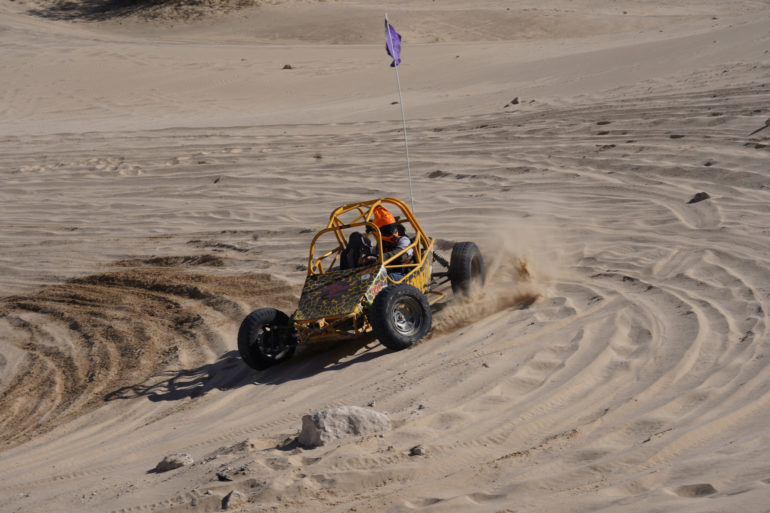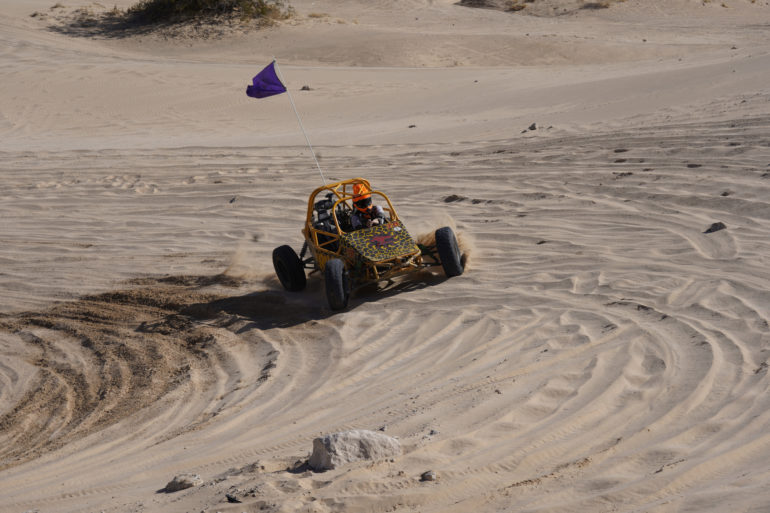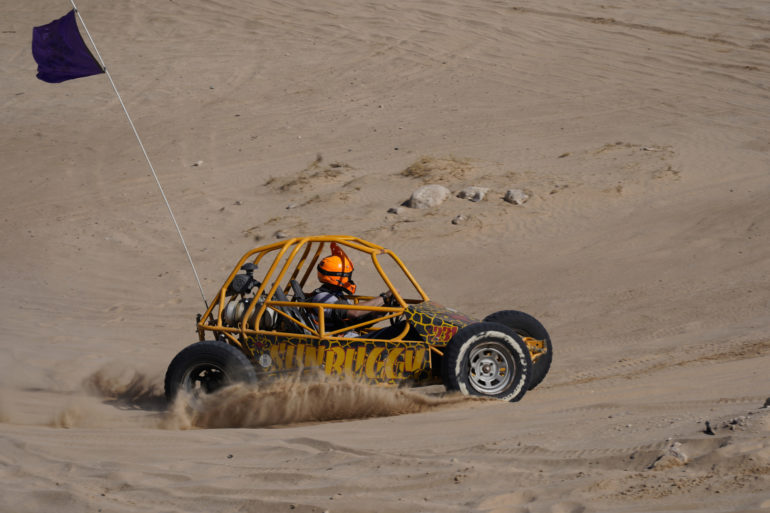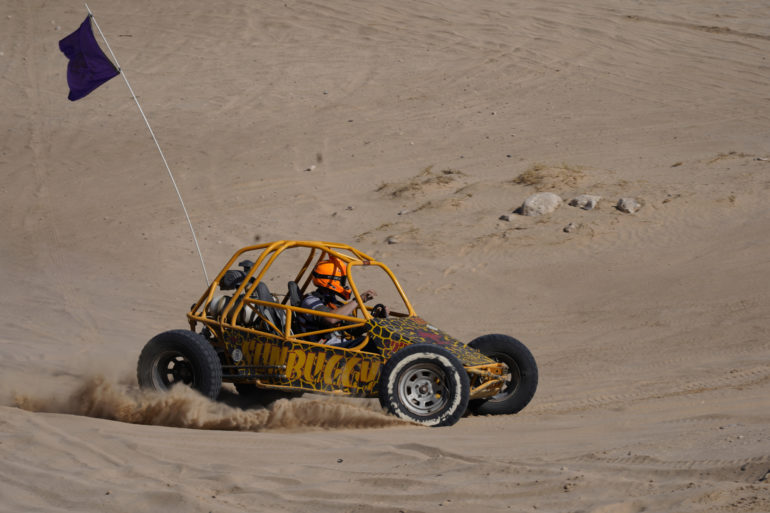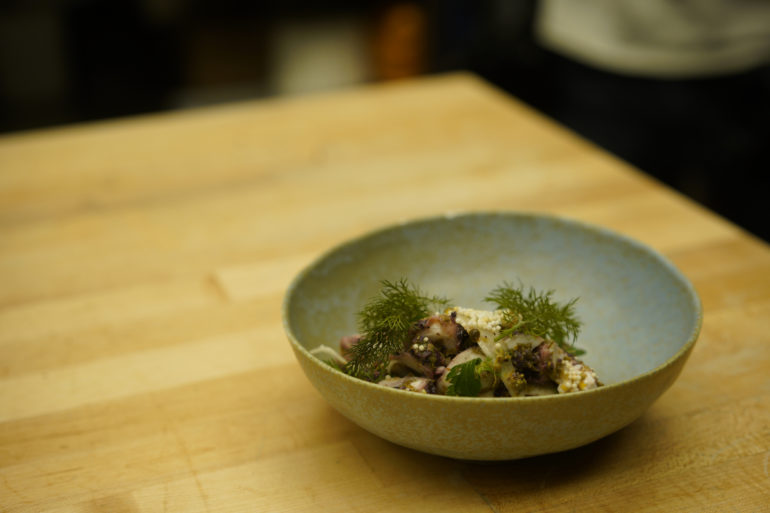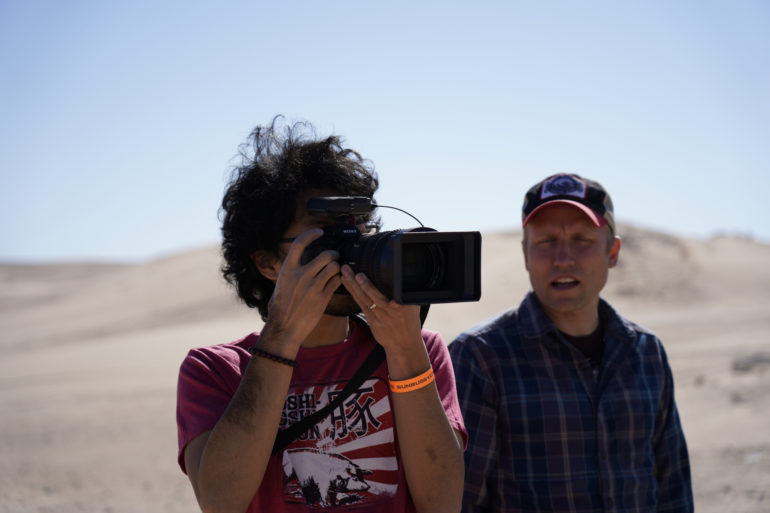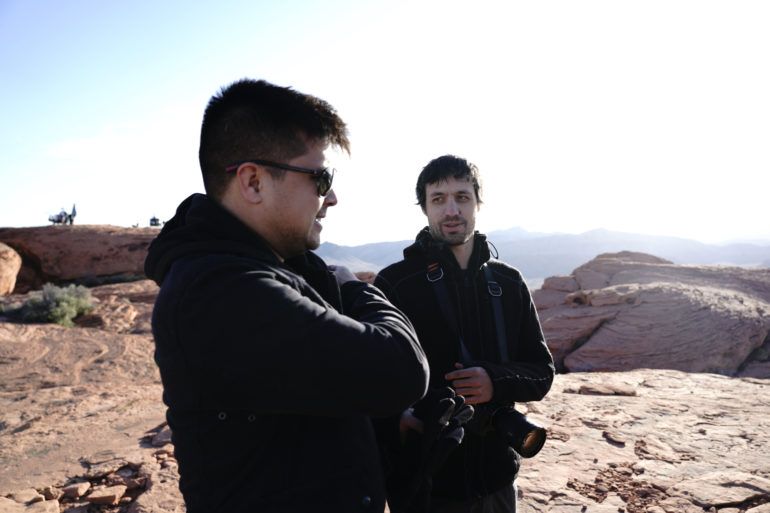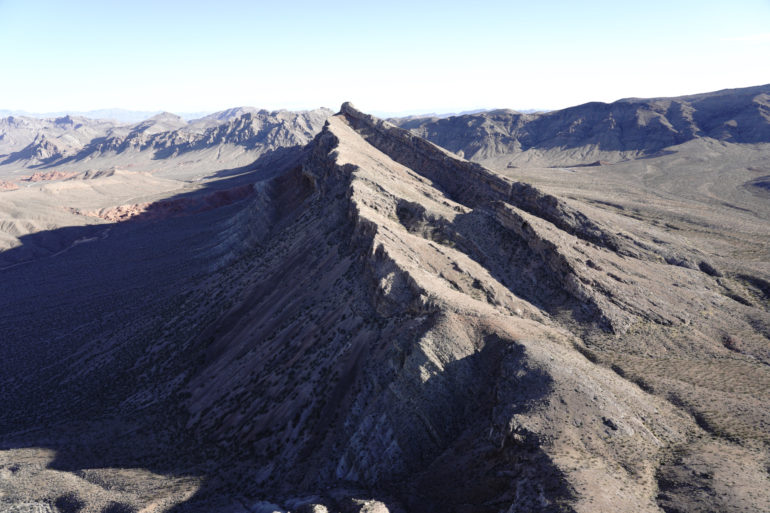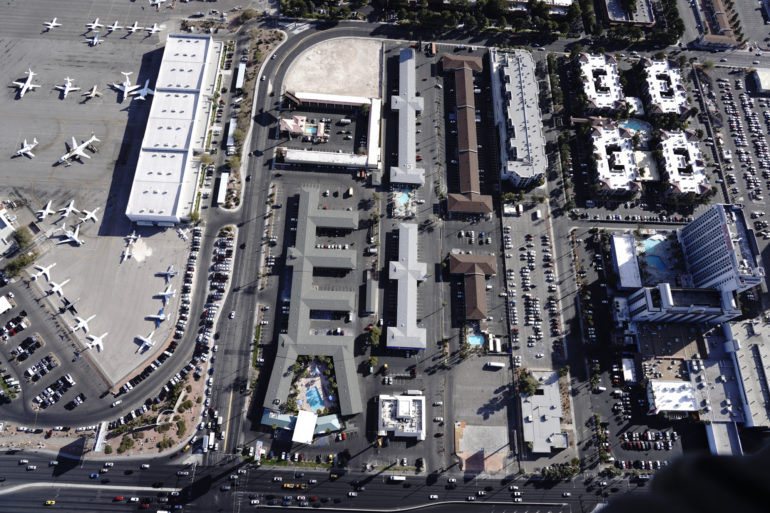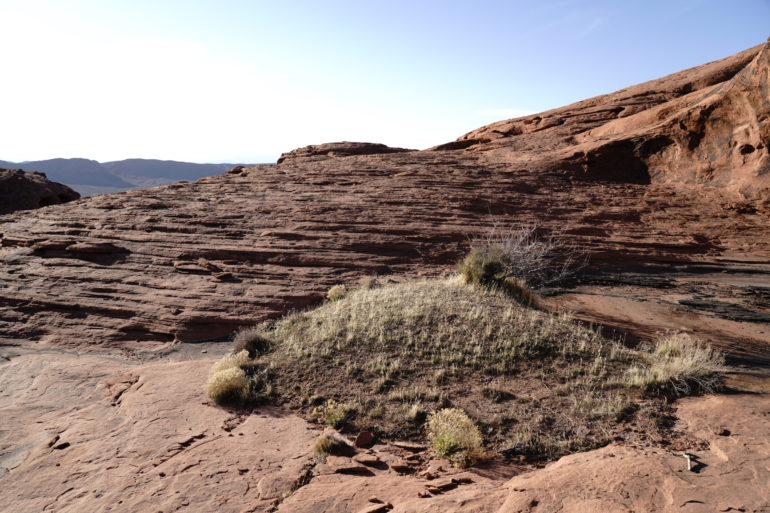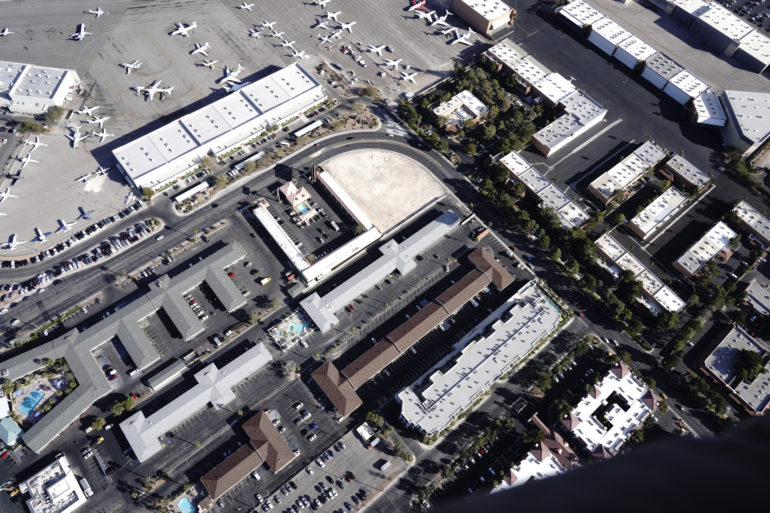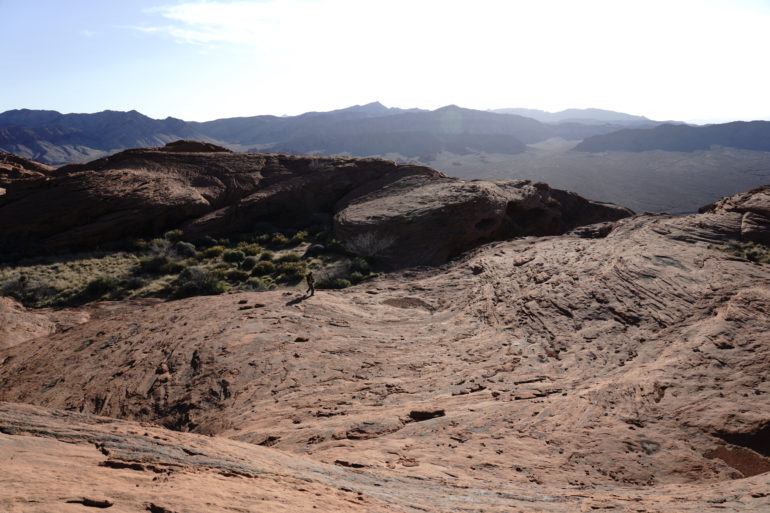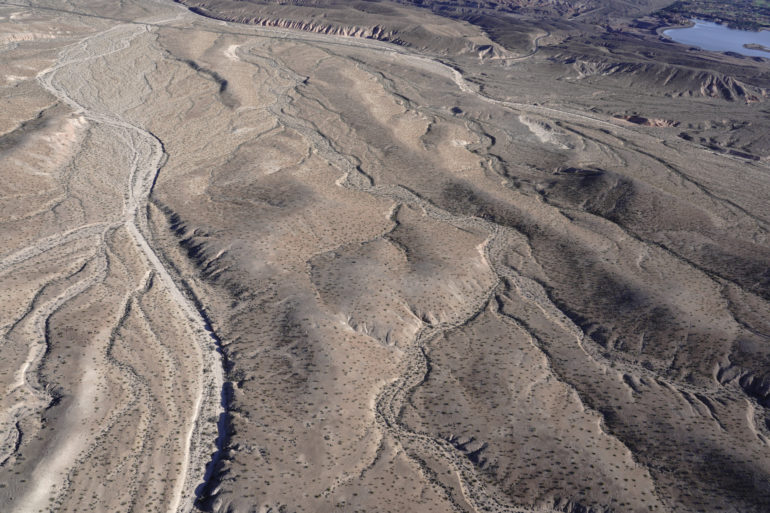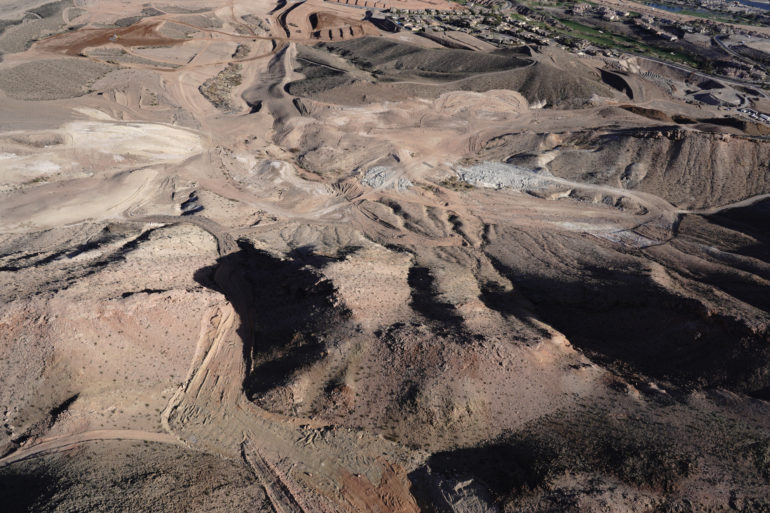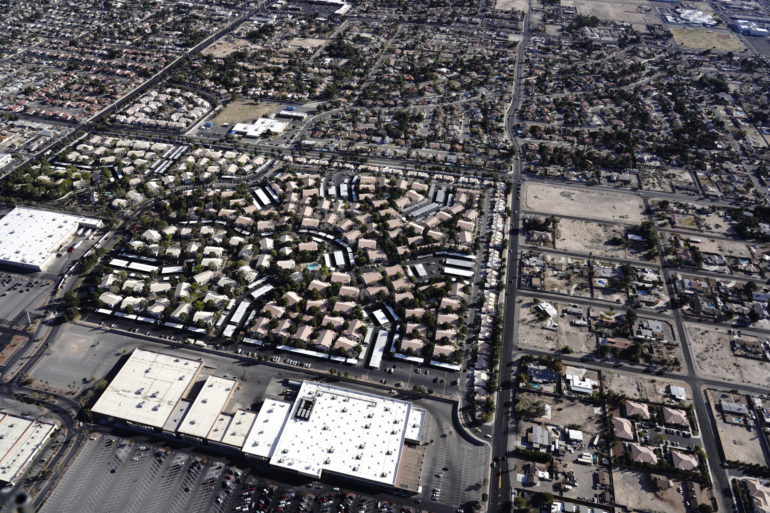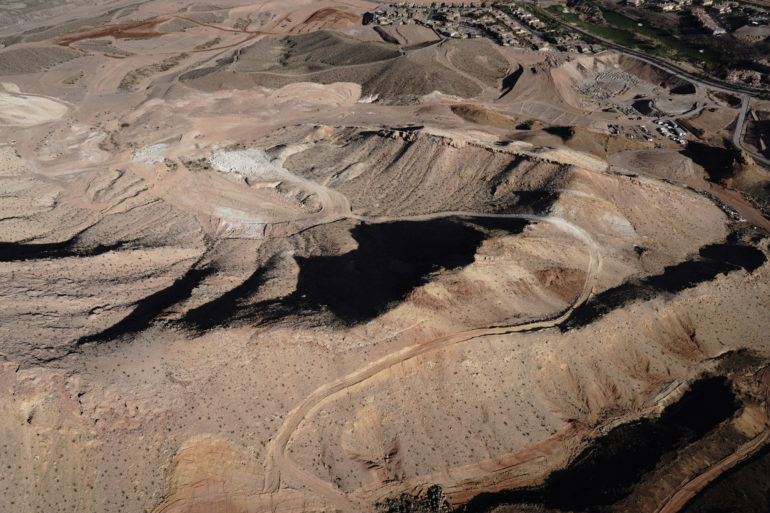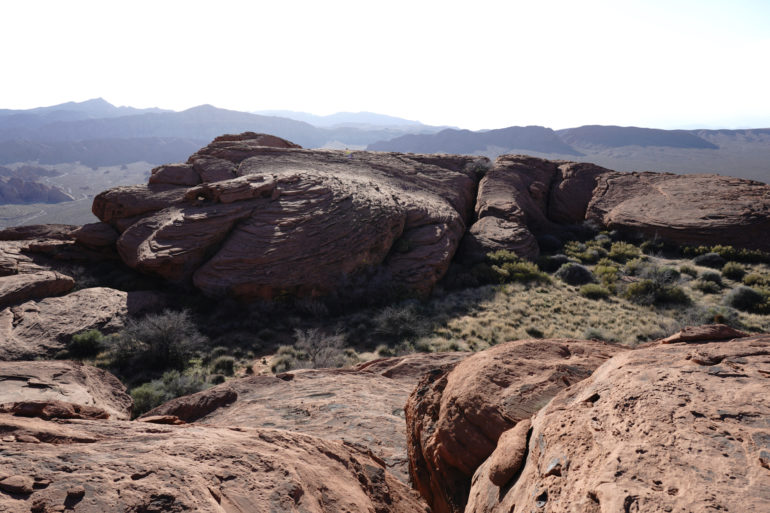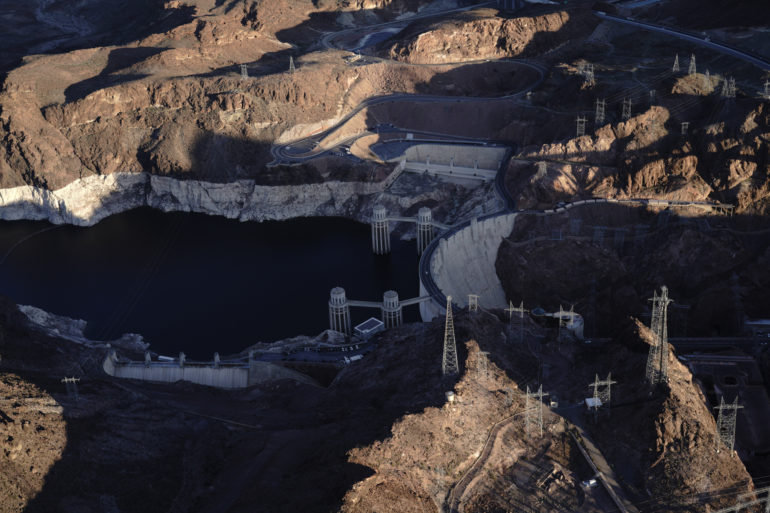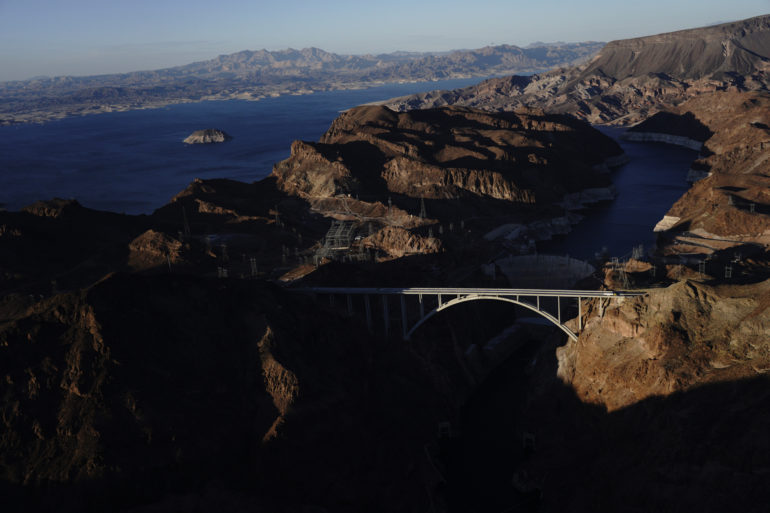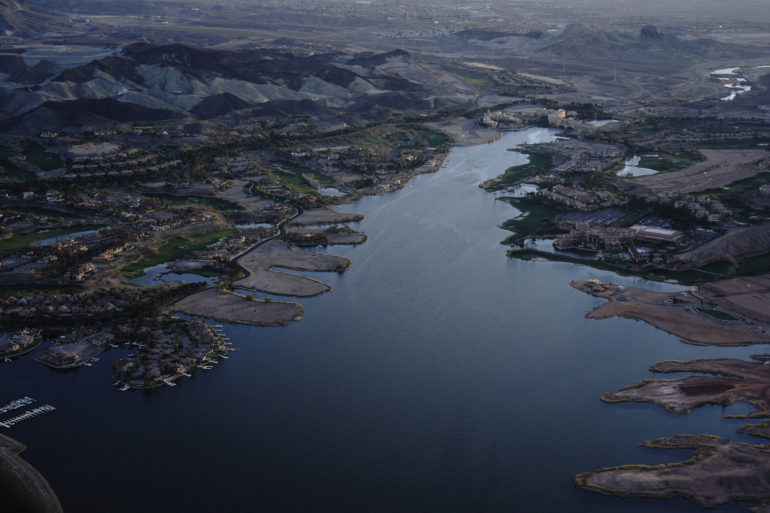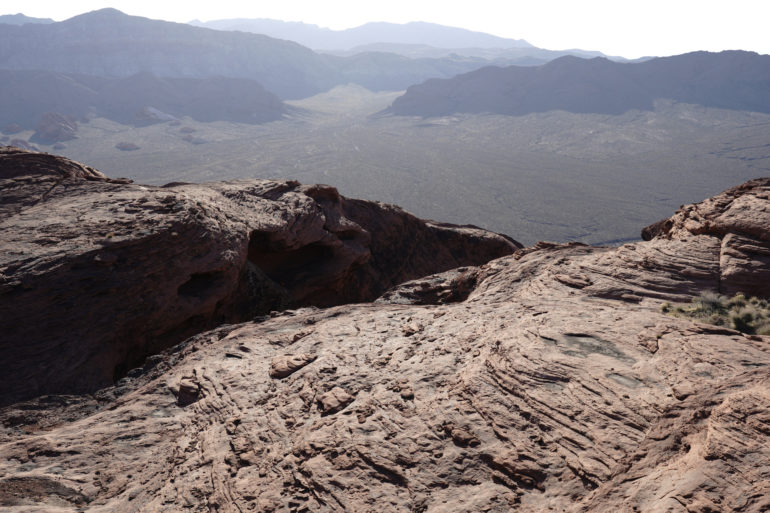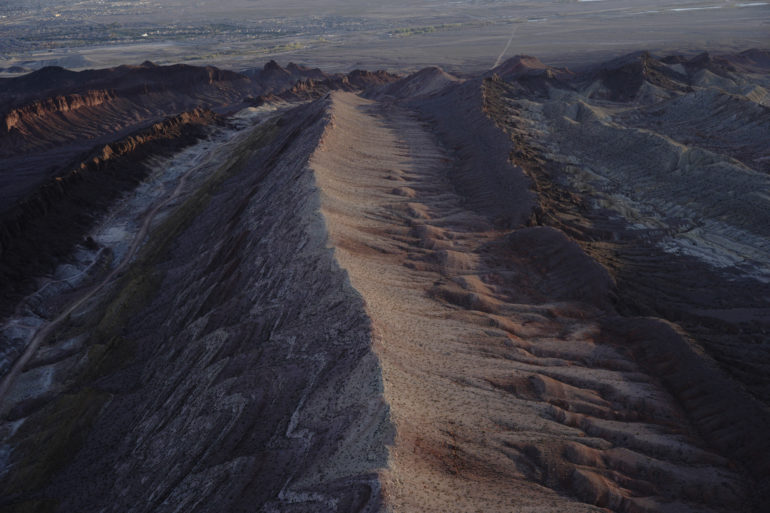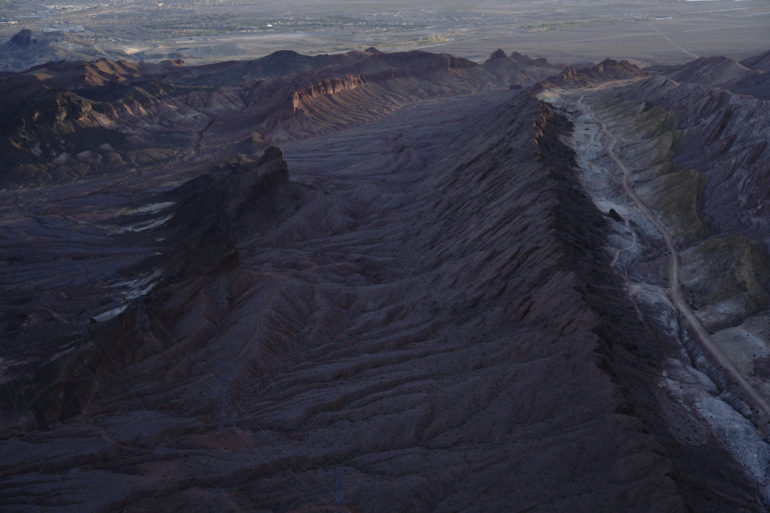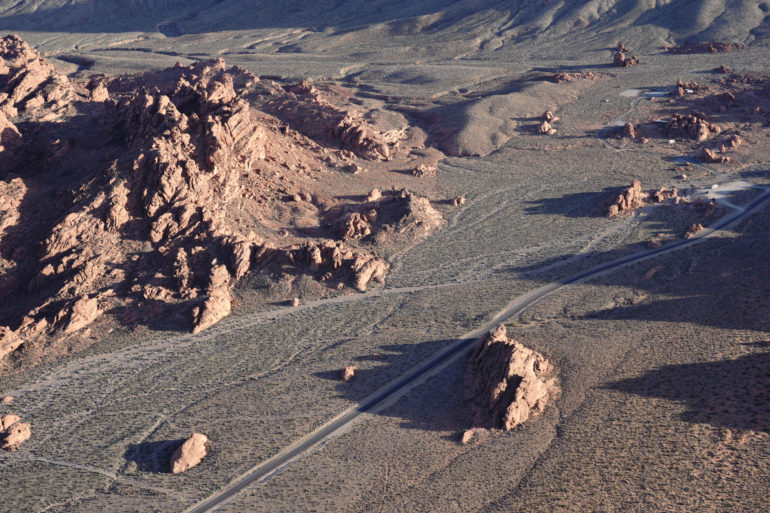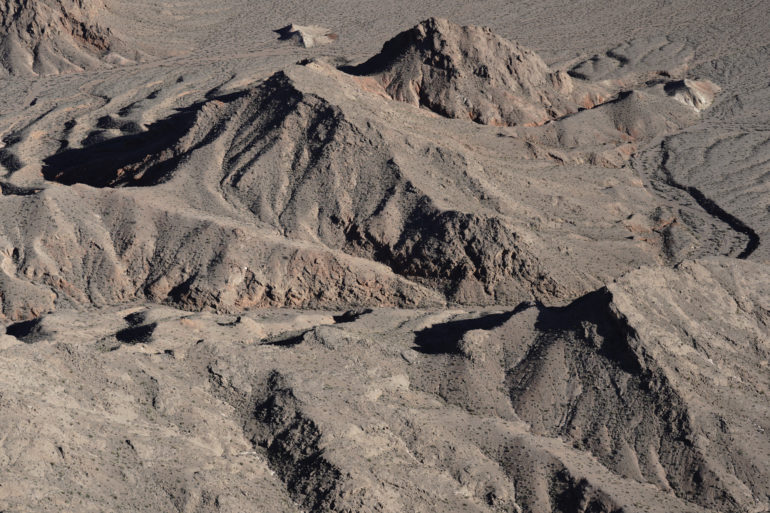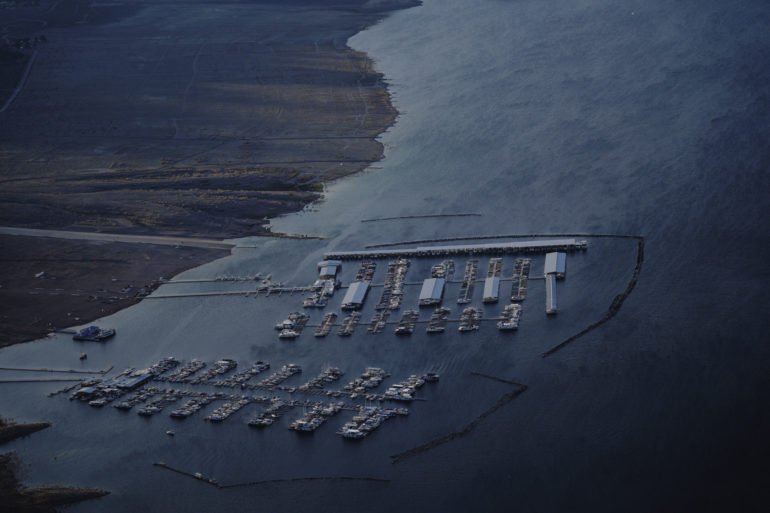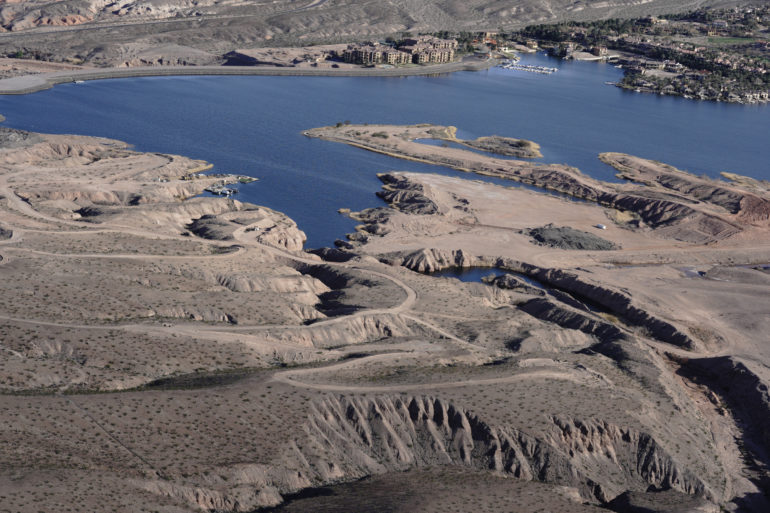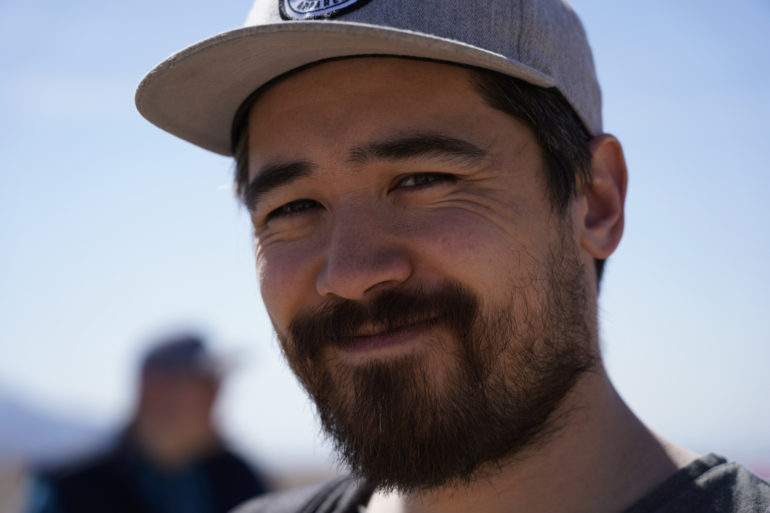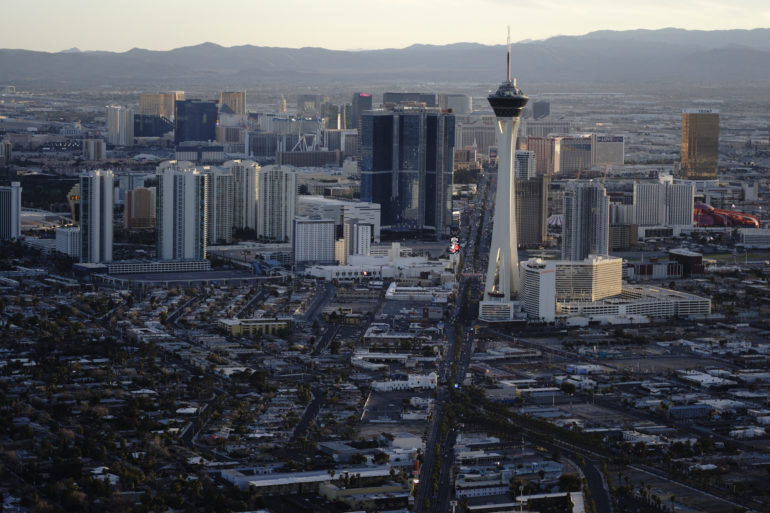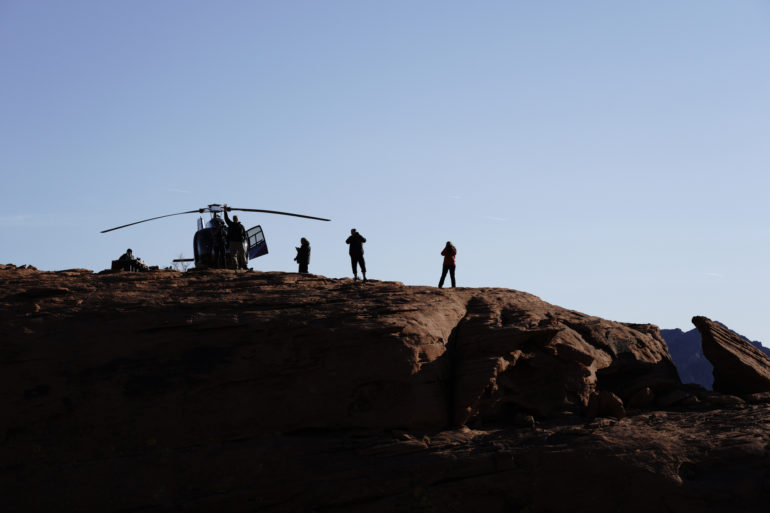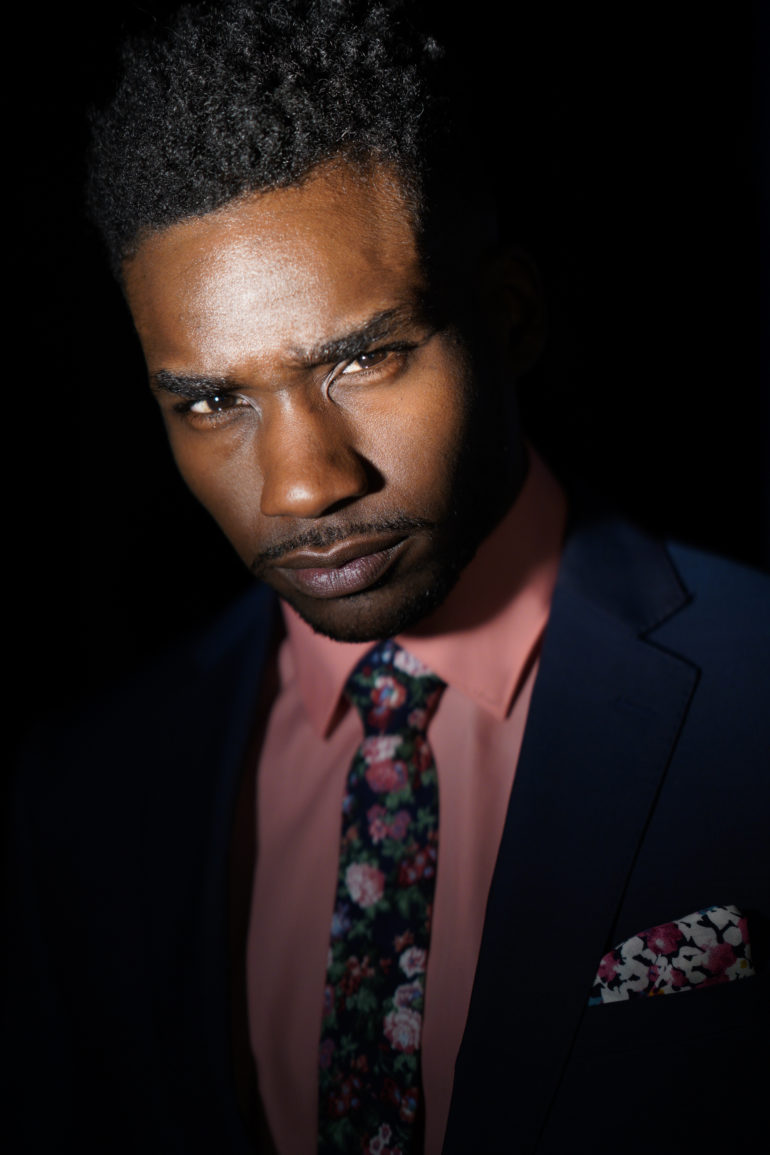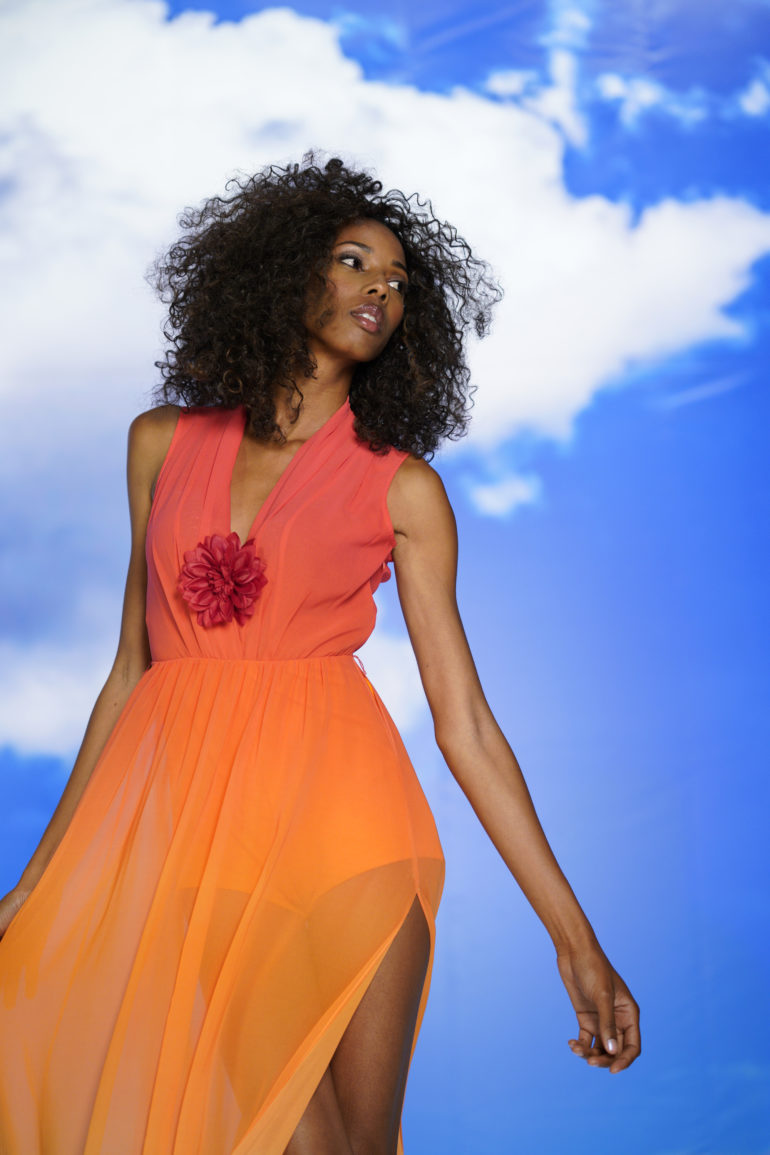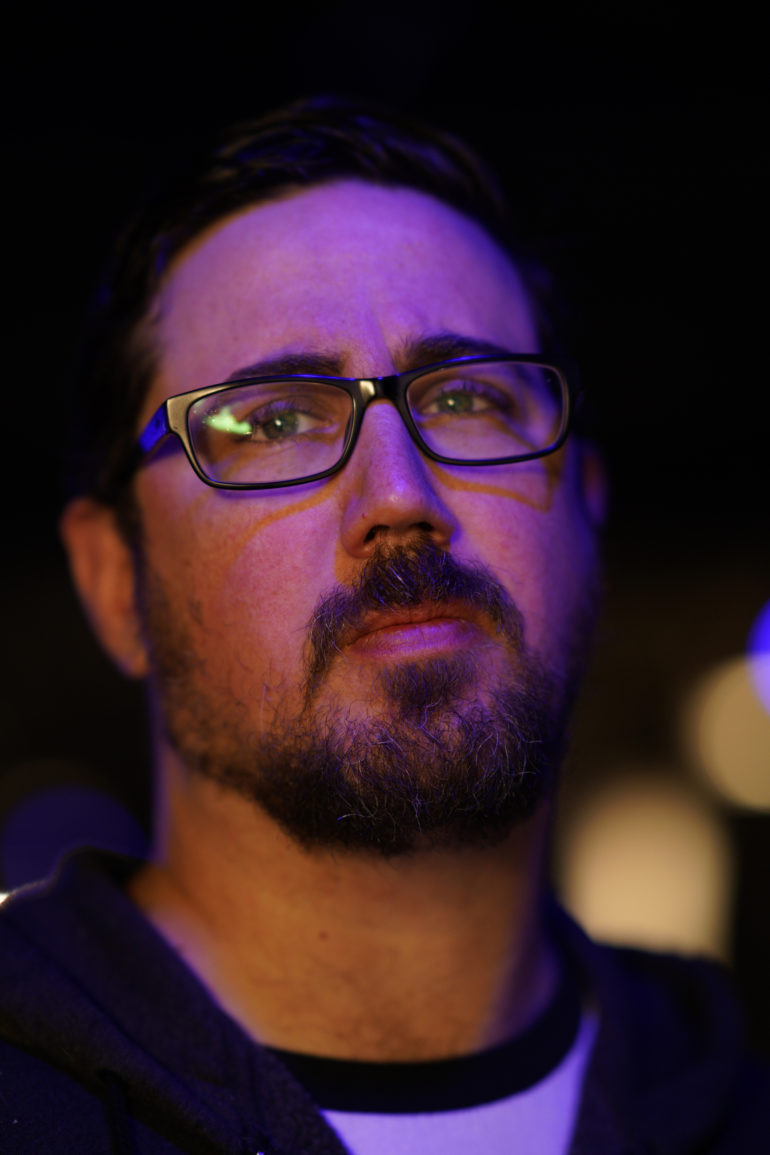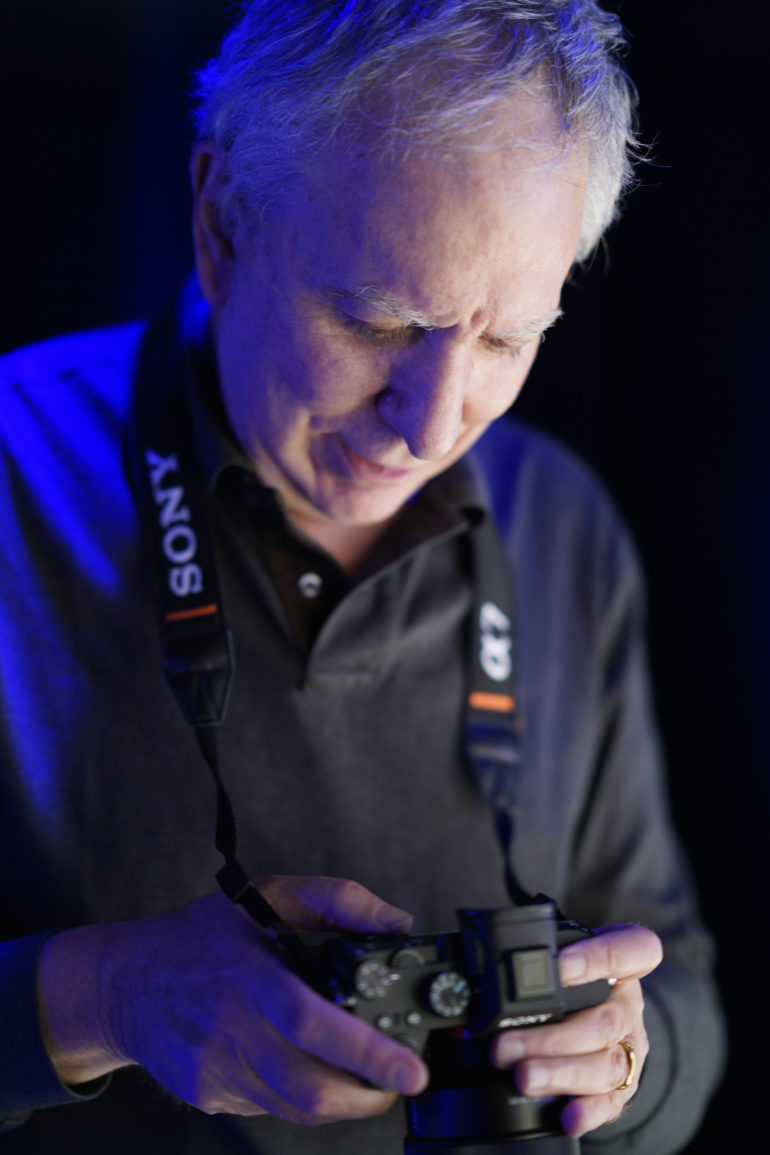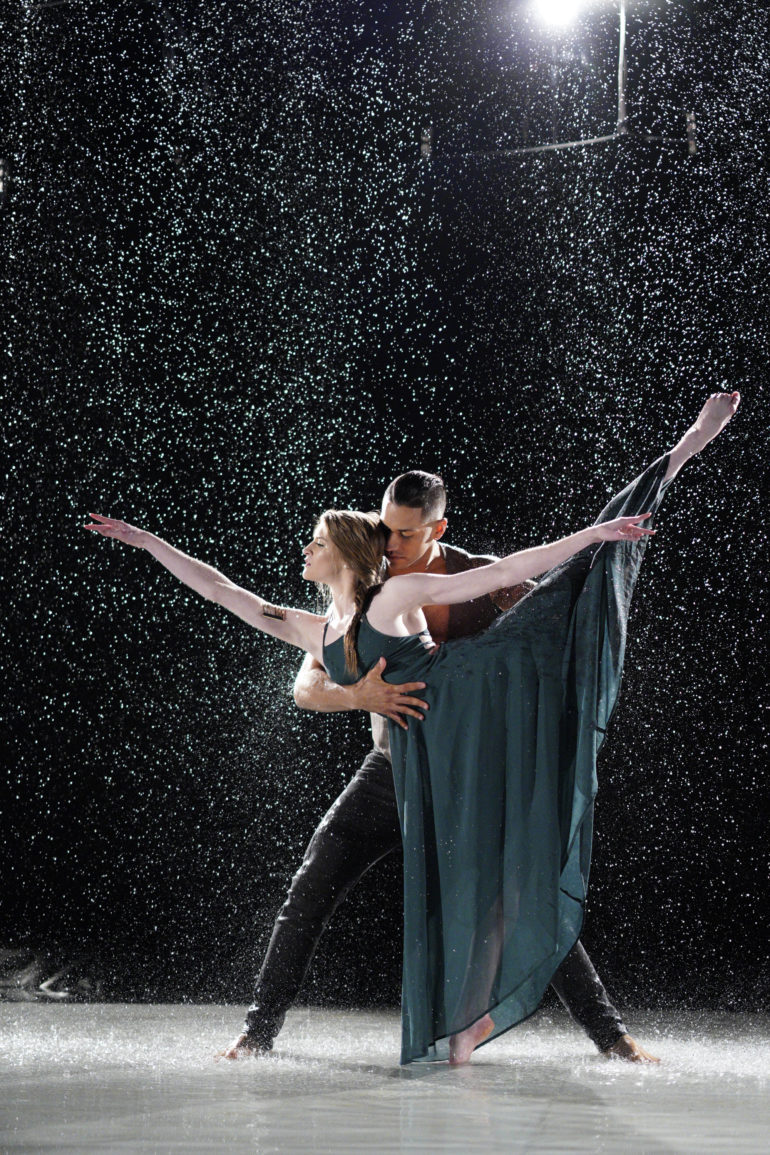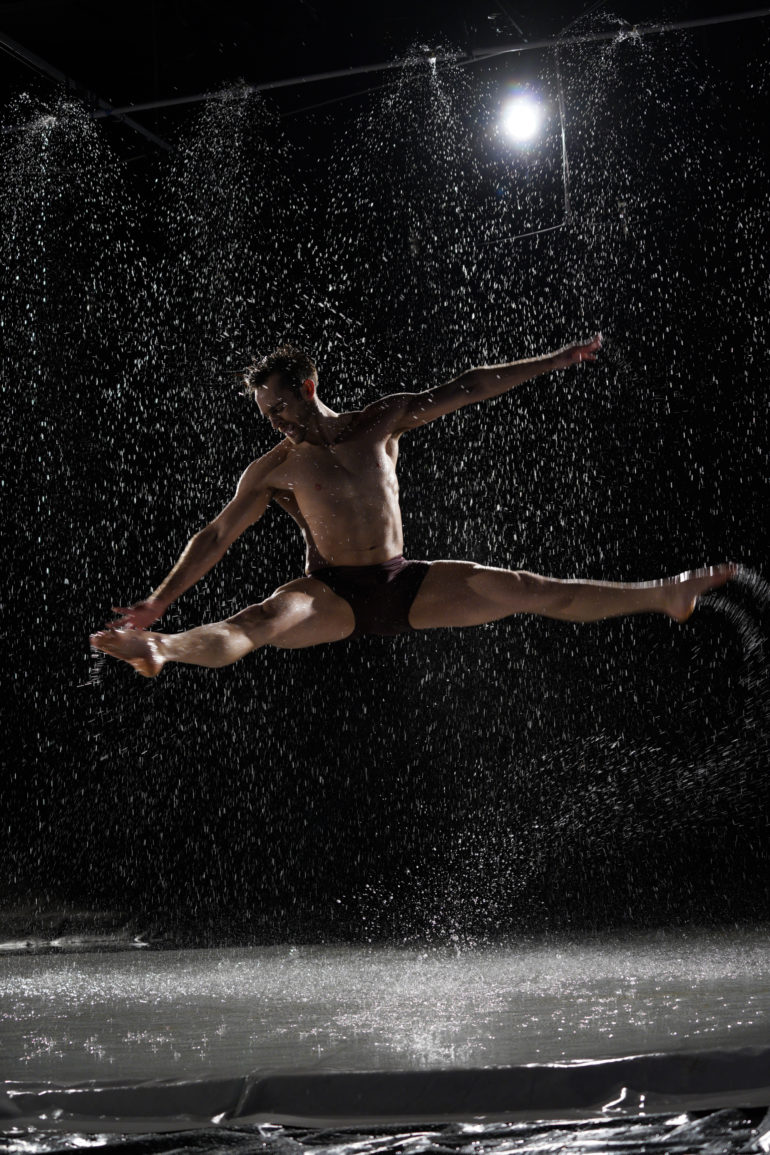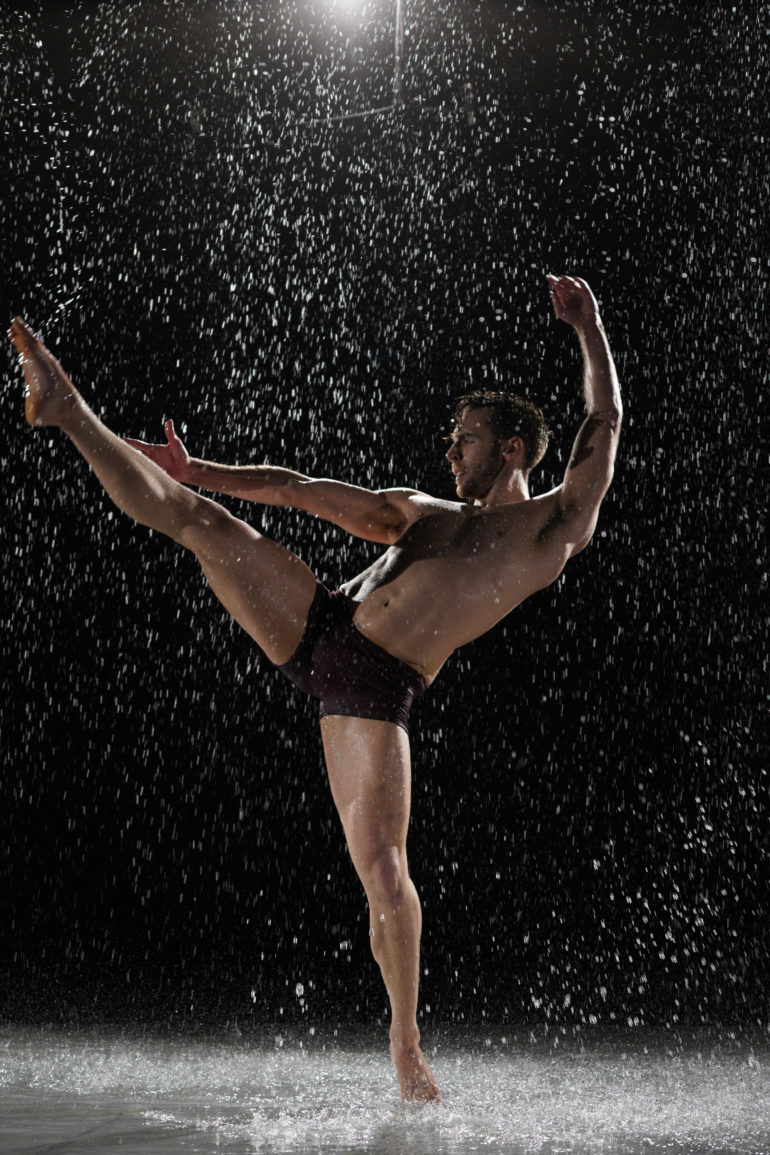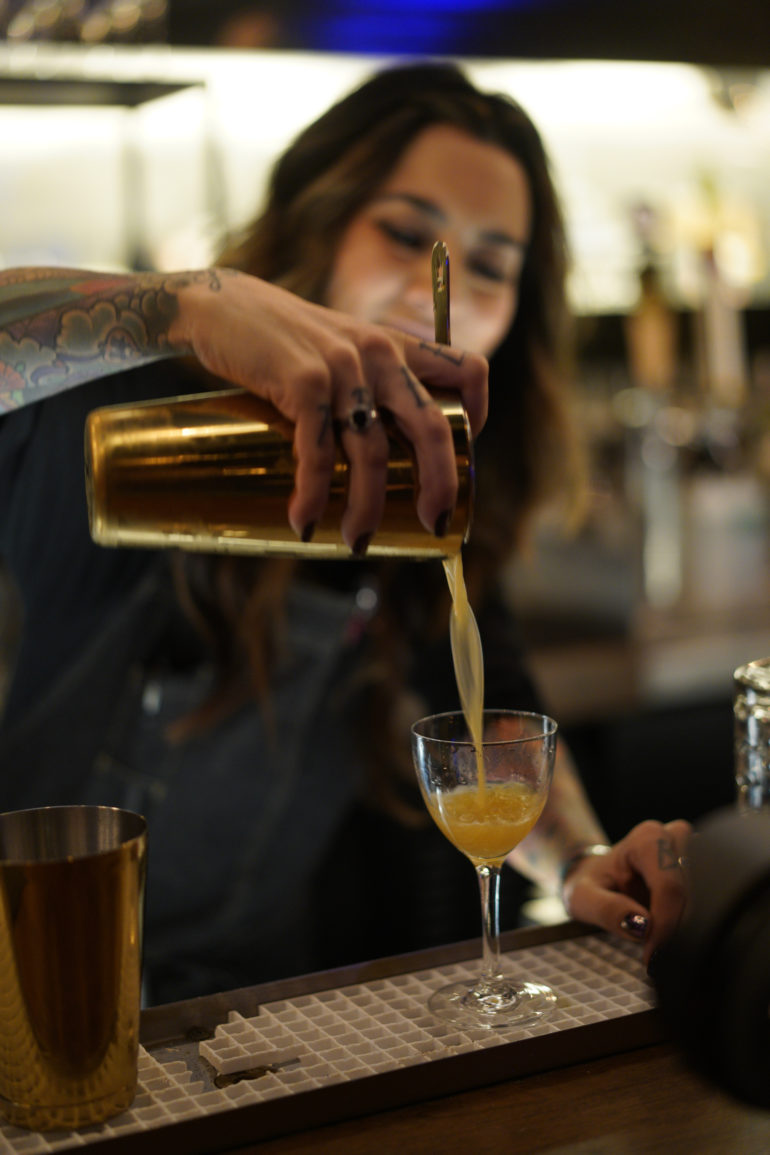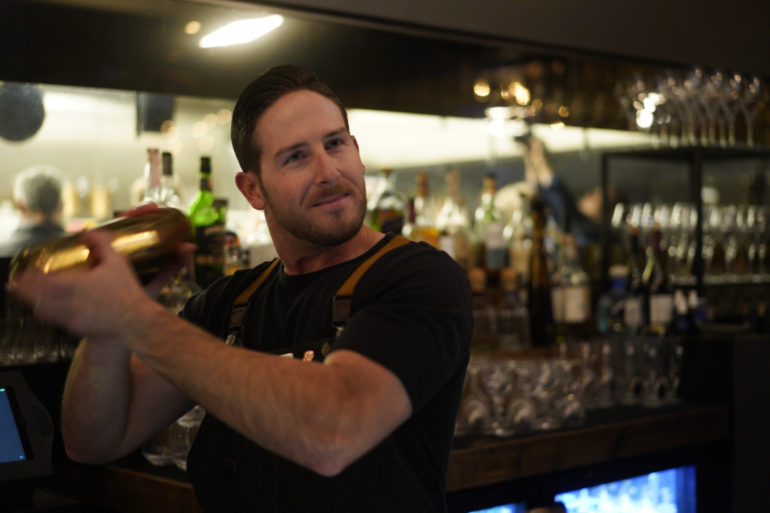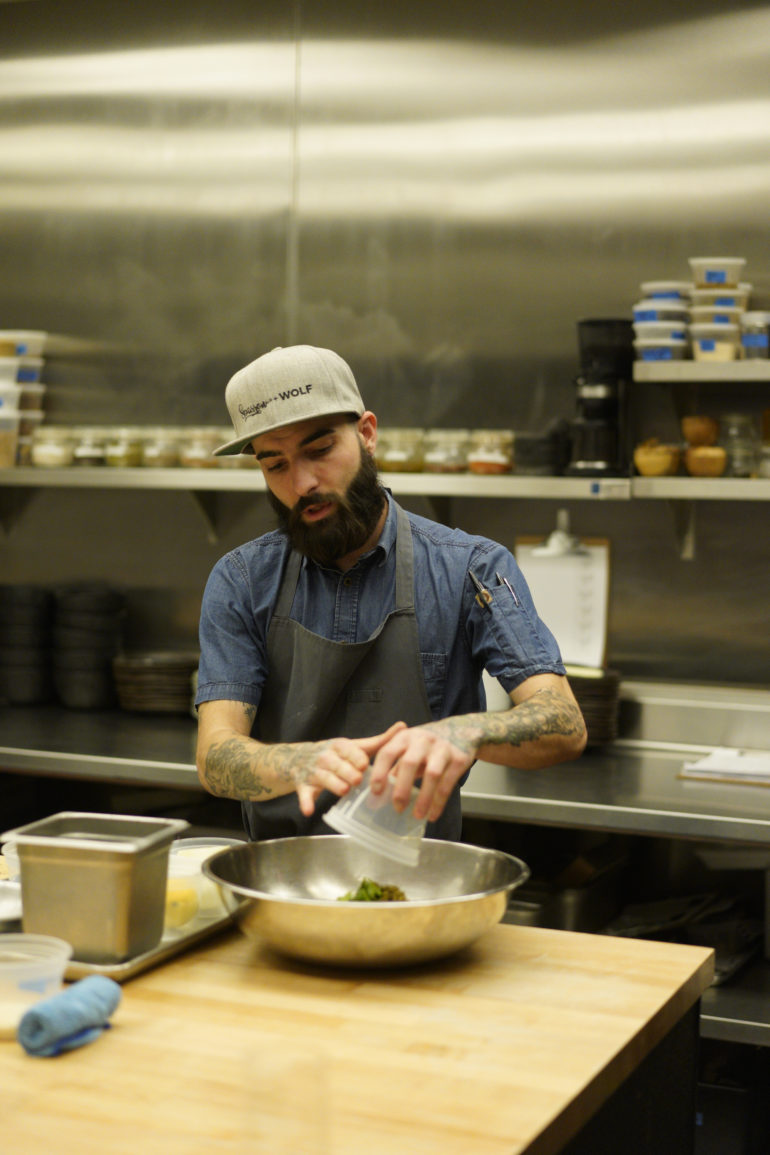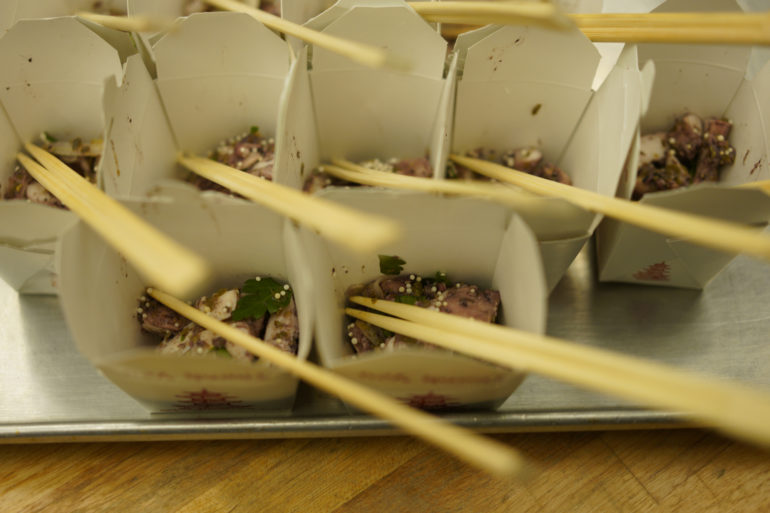Last Updated on 03/05/2018 by Chris Gampat
I spent a few days with the new Sony a7 III and I came back sort of intrigued.
“Oh dear.” is what I literally said to myself while sick in bed at the W Hotel when Sony announced the Sony a7 III. My expression came from watching Sally Watson’s Live Stream and was more of a commentary on the fact that Sony is calling the Sony a7 III the “Basic” camera. Basic, to me, has never been a really great thing. When I hear the word Basic, I think about some of the worst things that have come about from our society: Bud Light, Instagram stories where you always have cat ears on your head, the Bachelor, tech bros who want to treat chickens well so that they can jack the price up on their eggs, and McDonalds when you’re not piss drunk. Nonetheless, I was very happy to try the camera even though I went into it with treating it almost like Sony’s version of a full frame Canon Rebel DSLR. In hindsight, I was mistaken to do this; it’s still far better than the Canon 6D Mk II in every way. Sony’s strategy of bringing features from the Sony a9 and Sony a7r III down to a simplified and more bareboned device is a great one that enables them to keep the price point down pretty well at $1,998 for the Sony a7 III body only.
Before you go on, also be sure to read our initial impressions on the Sony a7 III by Anthony.
But where my confusion comes from is in understanding who the photographer is that’s going to buy this camera? I mean, let’s look at some of the biggest features of the Sony a7 III:
- 24MP BSI full frame sensor
- 10 fps shooting
- Weather and dust resistance (I have words about this)
- Fantastic battery life to the point where Sony claims it will have the best battery life of any Sony full frame mirrorless camera
- Touch screen features
- The a9’s autofocus
- Access to all the Sony glass
That last feature is where I’m sort of struggling to wrap my mind around the new Sony a7 III. In my eyes thus far, there’s nothing that really, truly distinguishes it from the lineup except that it’s the barebones, entry level model. I sort of see it as a base model. If you want more megapickles (purposely spelled that way) then you move up to the Sony a7r III and get that, lots of dynamic range, more color depth (like, tons more) and the ability to do the pixel shift shooting mode that only lets you take the most advantage of it in Sony’s own software. But if you need more raw power, you go with the Sony a9. In talks with other journalists, Jaron Schnieder from Imaging Resource reasoned with me that this is a great wedding camera. Again, in hindsight, I sort of see where he’s coming from. I haven’t shot a wedding in years though, and when I did I used the Canon 5D Mk II. Back then, it was a high resolution camera and I preferred it to the Nikon D700. So too did many other photographers. I personally see the Sony a7 III as a nice backup camera, but I think that the Sony a7r III may still be the best choice if you’re not going straight for the Sony a9. You can see both our Sony a7r III and Sony a9 reviews at the respective links in this sentence.
Instead, like I said, I see the Sony a7 III as a nice backup camera or for an enthusiast. I still am the owner of the original a7–and I went for that over the a7r and a7s because I wanted a balance of both worlds. But the photography landscape has changed since then and the Sony a7r III gives off great high ISO results and very detailed images. It takes everything the Sony a7 III has and multiplies it to be better. Granted, it’s a higher price point. I also found after editing for many years that I really needed what the Sony a7r III gives due to how color rendition works. Ultimately, I need medium format. However, what I’ve also learned is that no one geeks out about color rendition like I do–the exceptions being DPMag’s David Schloss, Rishi Sanyal from DPReview, and from a conversation it also seems like Jaron Schneider from Imaging Resource. But high dynamic range and high ISO? Oh man, put a few geeks in their mom’s basement, hand them a computer and show them DPReview’s forums and all you’ll need to do is sit on the couch with some popcorn. I’m going to get more into this later on; but color rendition for me is pretty darned huge if you’ve ever watched my videos on our YouTube Channel talking about how to get more and better colors from your portraits.
Let’s start off with the tactile stuff around the Sony a7 III. In the hand, the camera feels pretty much the exact same as the Sony a7r III. If you were to do a blind cop-a-feel test of both cameras, you couldn’t tell the difference with the exception of the markings on the front. Everything otherwise feels the same. The way the buttons free, the way the LCD screen operates–it’s all familiar. And if you’re already a Sony a7 camera owner then that’s just fine and dandy. But where I found a personal discrepancy though is with the mount. Our latest staffer Paul Ip sometimes comes over to my office and we tend to just hang out. He owns the Sony a7r II and when he mounts some of the lenses onto his camera and my Sony a7r III, he tells me about how tight the mounting itself is on my camera. This goes for a number of lenses like my older Sony 35mm f2.8, Sony 55mm f1.8, and a number of options that I’ve got in for review and on my shelves right now. I found the same thing to be true with the Sony a7 III. Take the company’s 24-105mm f4 G OSS lens and put it on the Sony a7r III and the Sony a7 III–what you’ll find is that it feels looser on the lower end camera (the Sony a7 III.) When I spoke about this to Mark Weir and the Sony engineers, they said that there probably is around half a mm of thickness difference and that this is all something that they’ve heard.
So why did I just spend an entire paragraph writing about the stupid mount? Because on one of the event that Sony set up for the press, we were in the desert and photographing dune buggies. Sand got on my sensor through the lens mount and yet I had never taken the lens off of the camera. That’s annoying. This is something that hasn’t happened to me with the Sony a7r III when taking it to the beach on a windy day and it hasn’t happened with competing cameras. Specifically, I’m speaking to the weather and dust sealing integrity of Fujifilm–who creates cameras that have been through absolute hellish weather from me and survived without fault. So I find it a bit shocking that the Fujifilm X-T2 and Fujifilm X Pro 2 are better sealed. The Fujifilm X-H1 is on its way to me still, but I expect it to be almost on the level of Olympus’ sealing.
This entire session was ruined by sand on the sensor. I’ll need to clone it out now. Granted there are worse things, but this is an inconvenience for sure.
When it comes to autofocusing, I found the Sony a7 III to be pretty darned good. The only times when I felt like the autofocus failed me were a few times when trying to track the dune buggies while panning and using continuous tracking focus and two or three times in low lighting. The Sony a9 and Sony a7r III I felt to be marginally better. But otherwise, for the price point you’re getting a camera with absolutely phenomenal autofocusing abilities providing you’ve set it up to do exactly what you want it to do. For the wedding photographer, the Sony a7 III may be able to do pretty much everything that you want albeit one thing that I wish Sony did by now. Sony has a really nifty feature called Eye AF which locks onto a face and then with the extra press of a button can find the eye and lock onto it. I’d love if the Sony a7 III had a feature that takes that even further than when it finds a face, immediately goes further to find the eye. It would mean even better candid photos as a result.
I’m purposely showing this off to show you a few problems that I encountered with the camera.
Believe it or not, I think that the Sony a7 III could benefit from a pop-up flash. Sony’s flashes on the a6000 series of cameras have this cool feature where you can pull them back a bit and bounce the light off of a ceiling or something. That would be so nice here for party photography–which is also where I see this camera being used a whole lot over the studio shoots and the dune buggie racing that Sony made us photograph. It could also be a really nice workaround because Sony still has that wireless flash on/off setting buried in their menus that I genuinely feel doesn’t belong here. This feedback was given to the engineers.
As far as the camera’s ease of use, just imagine the Sony a9 and Sony a7r III’s menu system but a bit more stripped down. In that case, it surely is a more basic camera. Again though, here is where I feel that my statement (borrowed from David Schloss) stands true where Sony gets their camera 80% right 100% of the time. Sony implements a touch screen into the Sony a7 III and yet it can only really be used for choosing a focusing point in lieu of the joystick. But in that case, I’ve always found the joystick to just be that much better and faster. I don’t understand why Sony doesn’t do what Canon and so many others have been doing for awhile: let the photographer navigate their menu system with the touchscreen. To me, it’s a complete no-brainer. Who the hell wants to go through page after page after page? Navigating to the tool box menu and then to page 5 each and every time that I need to format a card is a much longer process than it truly requires.
Now as far as image quality is concerned, Capture One doesn’t support the Sony a7 III’s RAWs at the time of this publishing. I’m purposely referencing C1 because it’s a significantly better RAW editor than Adobe Lightroom ever was in my opinion. So at the moment, all that anyone has access to is JPEGs and if I were to edit in Sony’s own software, it would be honestly useless to this review because let’s be real here: no one is using the default software. It’s never been installed on my Macbook or my iMac.
From my findings thus far though, it seems like the Sony a7 III builds on the previous sensor a bit. The original Sony a7 is still ranked on DXOMark (at the moment of this publishing) as one of the best cameras when it comes to high dynamic range. So indeed, the Sony a7 III also does have pretty great dynamic range and very decent high ISO output. But where I feel Sony’s 24MP sensors consistently fail is with skin tone gradation when it comes to lighter skin tones and a bit of excess greens when it comes to darker skin tones. If you know anything about the history of photography, you’re probably saying “Duh” but as a Sony a7 user, this has always been a thorn in my side and this also why I felt I needed to upgrade. I have yet to play with the RAW files and see how versatile each color channel is at 5600K and 3200K white balance. I also wish that Sony made white balance adjustment much easier in terms of dialing in your own kelvin levels; maybe next time.
With all respect to Sony and the folks who produce the events too, I don’t feel like those are things that a Sony a7 III user may do with their camera despite the trip’s events and planning overall being quite wonderful to the journalists who came. Taking it out to photograph dune buggies in the desert? Bringing lights to a restaurant to shoot photos of the chefs working? Using it in a studio with constant lights? Nah, to me that doesn’t make sense. I totally see the Sony a7 III user taking it on a stroll through Chinatown at night, using it for street photography with the company’s very nice 28mm f2 lens, shooting portraits during the blue and golden hours in natural light, photographing food candidly at an establishment, photographing pets, or perhaps even documenting travels of some sort. But I don’t really see it as an “A” camera for professional and semi-professional work more so than being a “B” camera. And to that end, I think that this is the closest thing that Sony is giving photographers to a Canon Rebel that is full frame. But I’m going to need to do my own independent tests here in NYC to give my fullest opinion.


